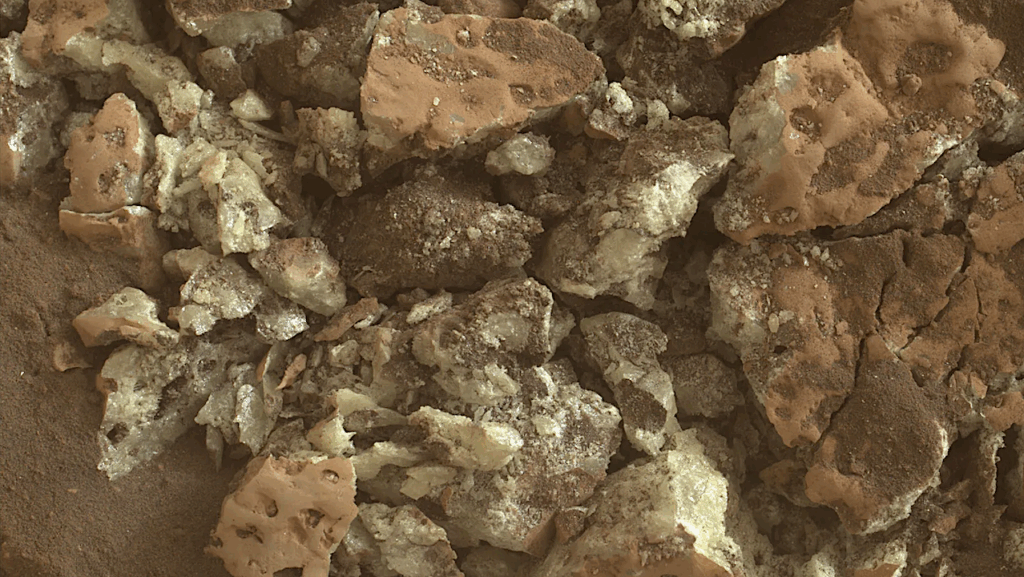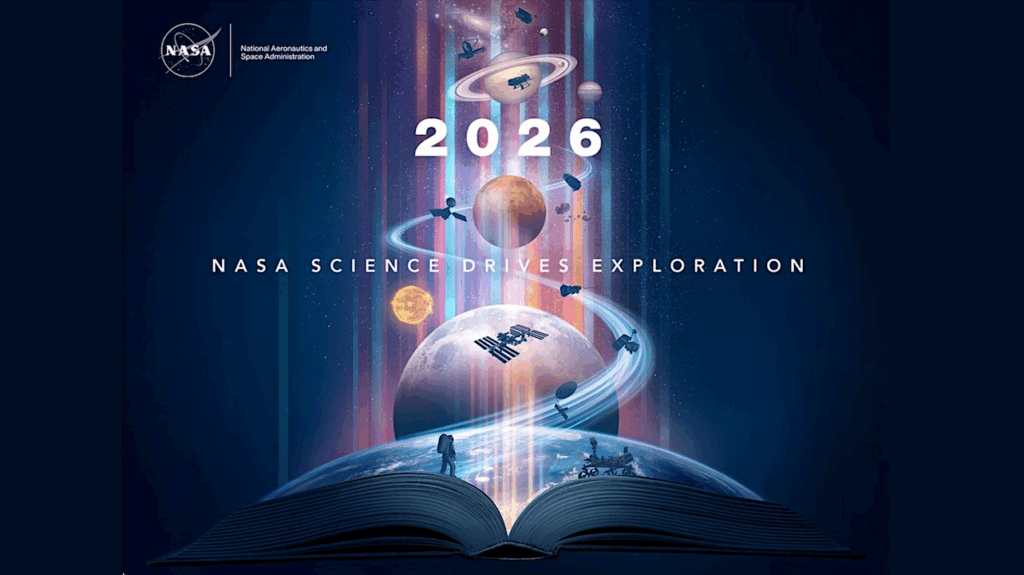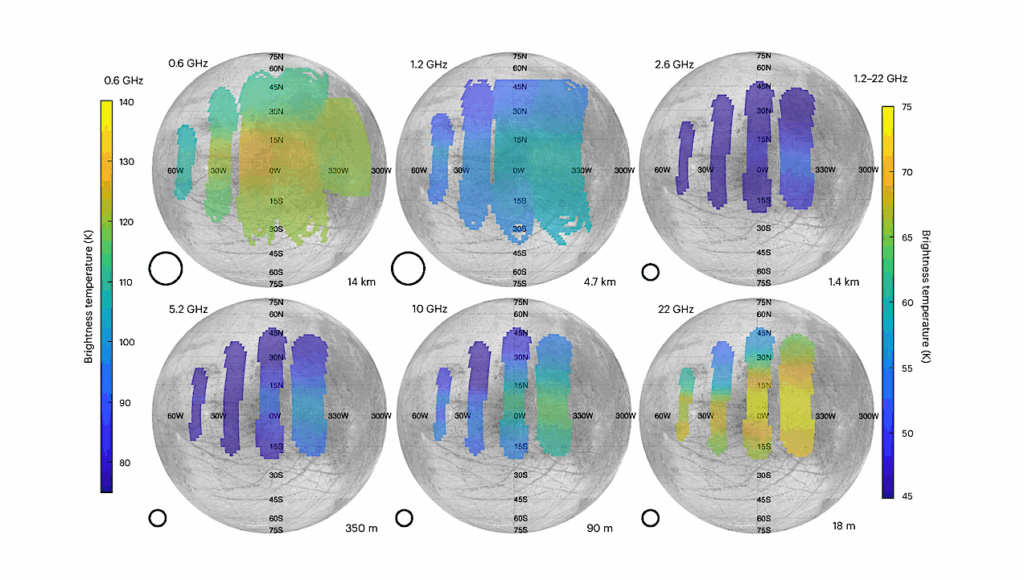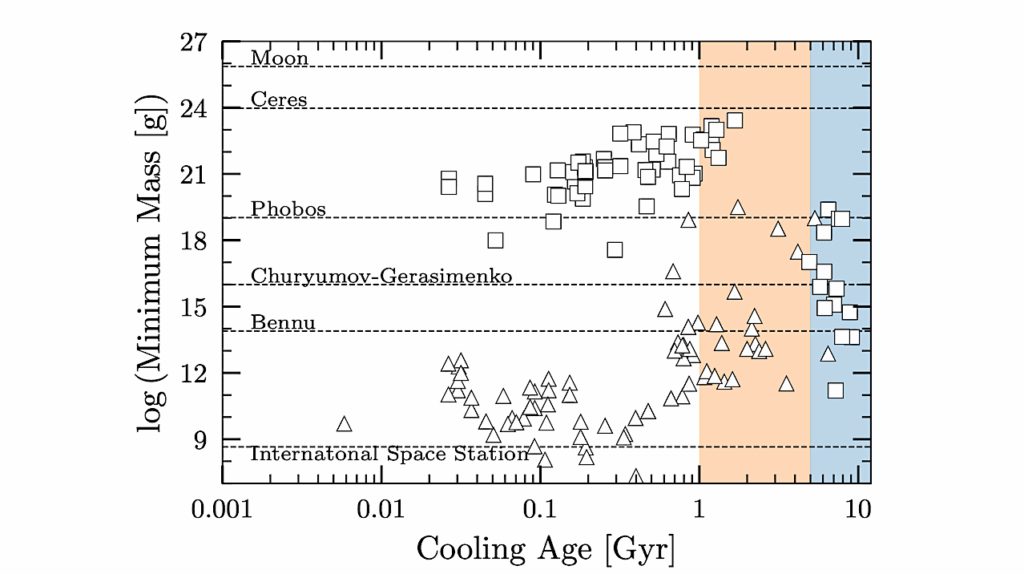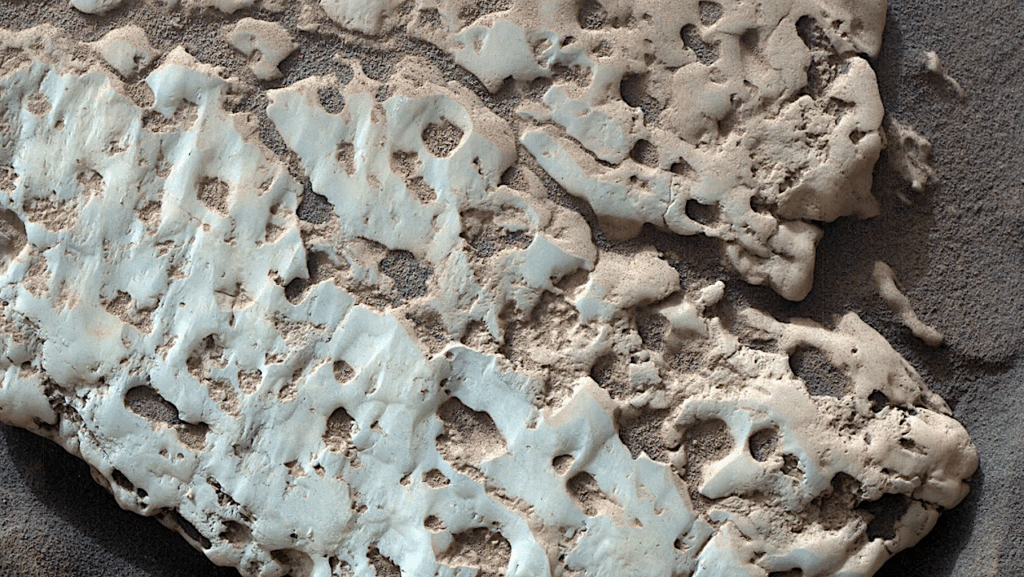Redox Evolution Of The Crystallizing Terrestrial Magma Ocean And Its Influence On Atmosphere Outgassing
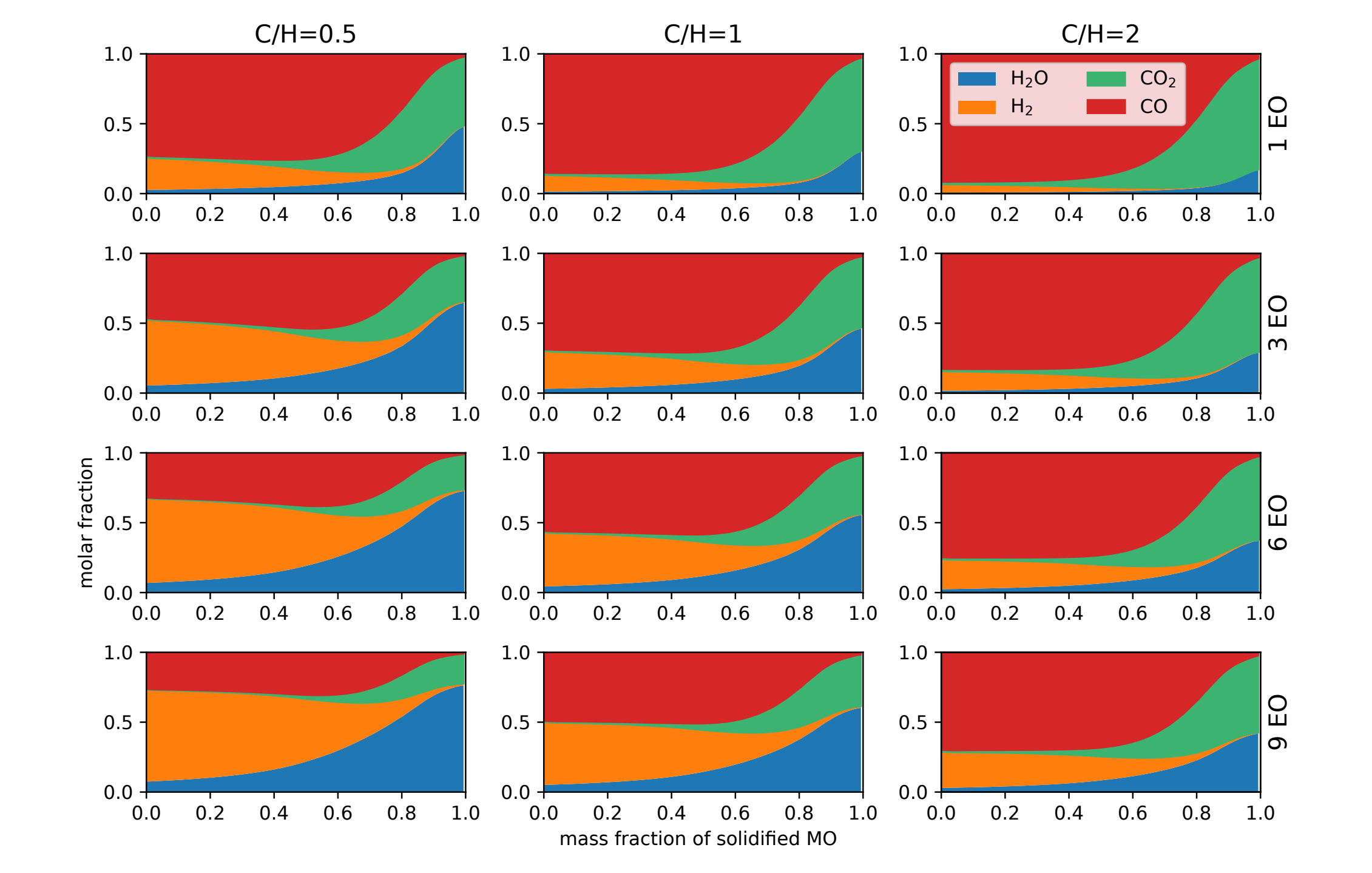
Magma oceans are episodes of large-scale melting of the mantle of terrestrial planets.
The energy delivered by the Moon-forming impact induced a deep magma ocean on the young Earth, corresponding to the last episode of core-mantle equilibration. The crystallization of this magma ocean led to the outgassing of volatiles initially present in the Earth’s mantle, resulting in the formation of a secondary atmosphere.
During outgassing, the magma ocean acts as a chemical buffer for the atmosphere via the oxygen fugacity, set by the equilibrium between ferrous- and ferric-iron oxides in the silicate melts. By tracking the evolution of the oxygen fugacity during magma ocean solidification, we model the evolving composition of a C-O-H atmosphere.
We use the atmosphere composition to calculate its thermal structure and radiative flux. This allows us to calculate the lifetime of the terrestrial magma ocean. We find that, upon crystallizing, the magma ocean evolves from a mildly reducing to a highly oxidized redox state, thereby transiting from a CO- and H2-dominated atmosphere to a CO2- and H2O-dominated one. We find the overall duration of the magma ocean crystallization to depend mostly on the bulk H content of the mantle, and to remain below 1.5 millions years for up to 9 Earth’s water oceans’ worth of H.
Our model also suggests that reduced atmospheres emit lower infrared radiation than oxidized ones, despite of the lower greenhouse effect of reduced species, resulting in a longer magma ocean lifetime in the former case. Although developed for a deep magma ocean on Earth, the framework applies to all terrestrial planet and exoplanet magma oceans, depending on their volatile budgets.
Maxime Maurice, Rajdeep Dasgupta, Pedram Hassanzadeh
Comments: 31 pages, 9+2 figures, accepted for publication in PSJ
Subjects: Earth and Planetary Astrophysics (astro-ph.EP); Atmospheric and Oceanic Physics (physics.ao-ph)
Cite as: arXiv:2301.07505 [astro-ph.EP] (or arXiv:2301.07505v1 [astro-ph.EP] for this version)
Submission history
From: Maxime Maurice
[v1] Wed, 18 Jan 2023 13:20:38 UTC (822 KB)
https://arxiv.org/abs/2301.07505
Astrobiology



